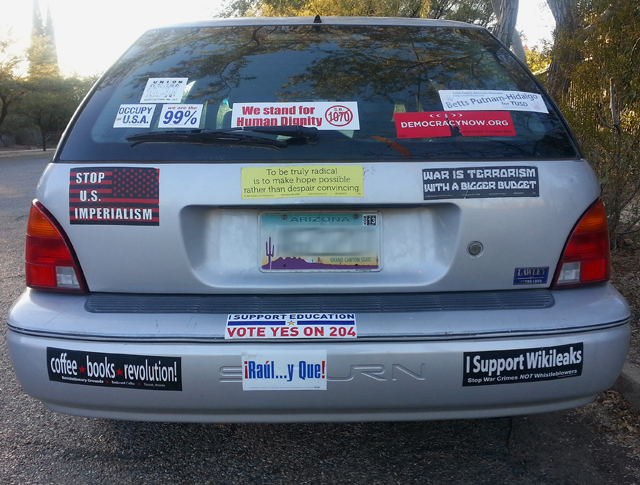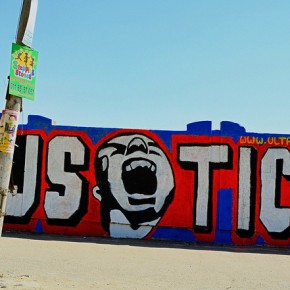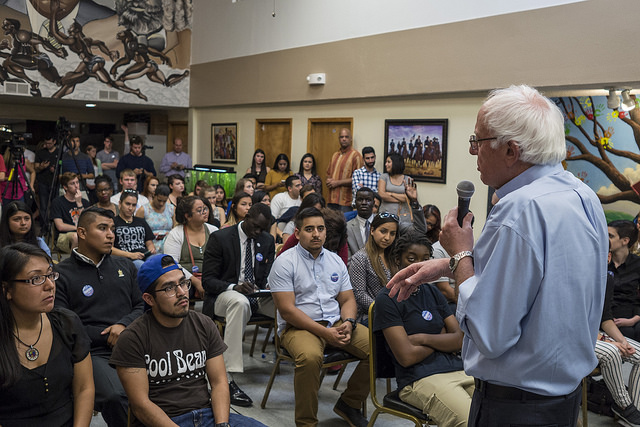The Occupy movement was perplexing. Heavily covered by some media organizations and ignored or ridiculed by others, it could seem huge one moment and tiny the next, a bold model for the future or a tired rehash of countercultural platitudes. Outside the United States, figuring out what to make of this decentralized phenomenon was even more challenging.
Despite their nation’s revolutionary origins, Americans aren’t exactly known for their political radicalism. And although one hears endless laments about how partisan Washington has become, foreigners often have a hard time discerning meaningful differences between Democrats and Republicans. While the gap between the wealthy and the bulk of the population has widened greatly in recent decades, the fact that the vast majority of Americans still consider themselves “middle class” — and are therefore utterly lacking in traditional class-consciousness — further confuses matters.
Against the backdrop of so much bland more-or-less-the-same-ness, asserting the importance of an explicitly anti-Establishment, post-legislative populism seemed like wishful thinking in the fall of 2011 and even more so today, when the Occupy camps are long since broken down and the United States has settled back into a pattern familiar from the first Obama Administration, in which the President is simultaneously disparaged by the Right and Left , while nevertheless maintaining the strong — and, many would argue, extra-legal — Executive Branch developed under George W. Bush in the wake of September 11th, 2001.
And yet, the legacy of Occupy lives on, not only in the spate of books published about or in relation to the movement, but as a visual residue in American public spaces. You can still find the frayed remnants of posters, flyers and stickers in the places where the movement was strongest. But the most common reminder of Occupy’s conceptual reach is to be found on the streets of those cities, in the form of the many bumper stickers broadcasting its favorite slogans, like “We are the 99%” and, as in the case of this densely festooned station wagon, “Occupy the U.S.A”.
Although it’s important not to overstate the importance of Occupy’s lingering presence in the American urban landscape — or its virtual correlates on the internet — the fact that counter-arguments to the extremist rhetoric of the Tea Party set and other virulently anti-Obama groups are still encountered on a regular basis matters. To be confronted by vehicles like this one is to be reminded that resistance to the status quo in the United States need not be a reactionary impulse, abetted by the demagoguery of Fox News and its talk radio allies.
The brilliance of the Occupy strategy was its inclusiveness, the insistence that opposition to the owning class was not a partisan preoccupation, but a duty of all who truly believe in the revolutionary ideals that animated the founding of the United States. Over time, that inclusiveness was drowned out by the tired rituals of the post-1960s Left. Out on the road, though, when the core of the movement’s populist ideology can be communicated without shrill polemics and dreadlocked drum circles, its original clarity can still be conjured to powerful effect.
In the case of this particular assemblage of bumper stickers, it’s worth nothing that the slogan “Occupy the U.S.A” takes on a clever, though potentially divisive double meaning. Because several of the stickers are specific to Arizona, where illegal immigration remains a huge issue, the injunction can be interpreted as a call to cross the border. That probably wasn’t what the owner of this vehicle had in mind. But given the prominence of the region’s Native American populations, who can lay claim to having been “occupied” in the worst imperialist fashion, the term takes on added layers of depth that make such a strong reading — or misreading, as the case may be — more likely.
Commentary and photograph courtesy of the author.






Decolonize the USA